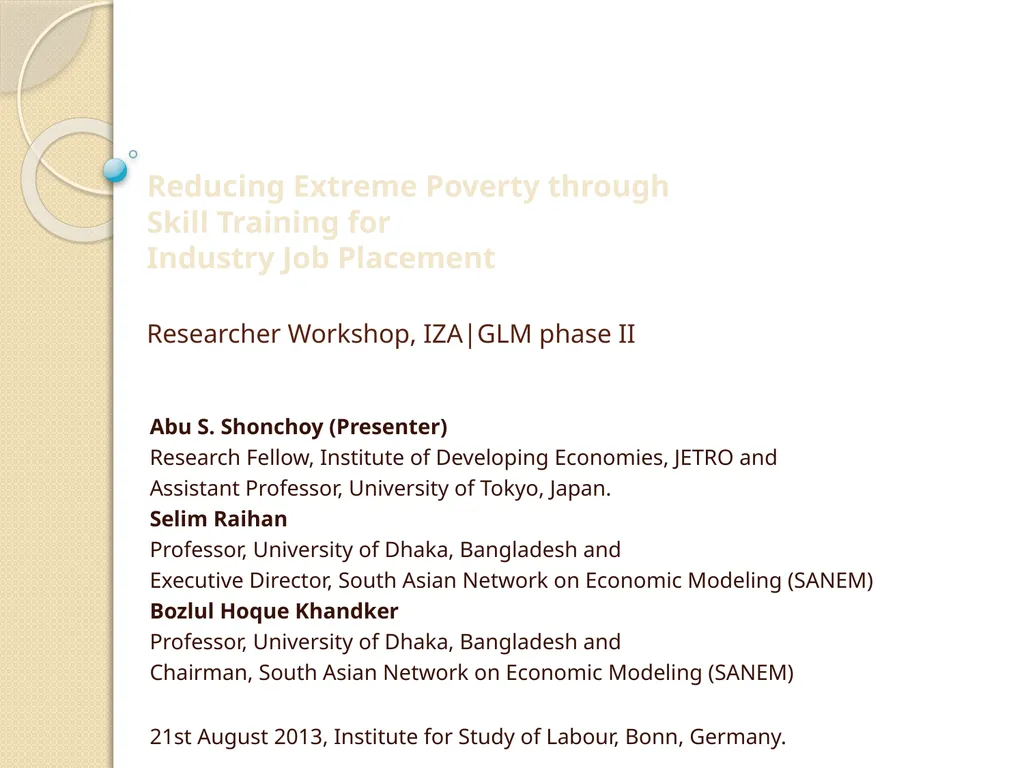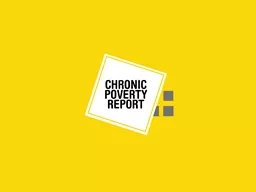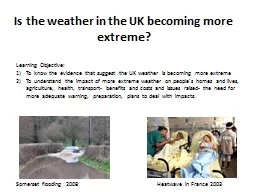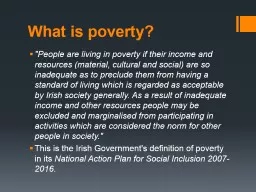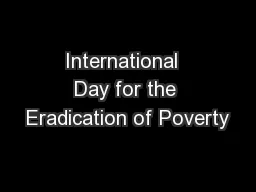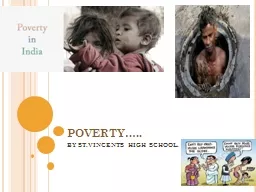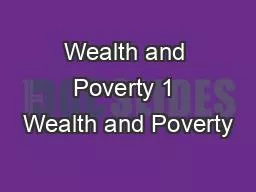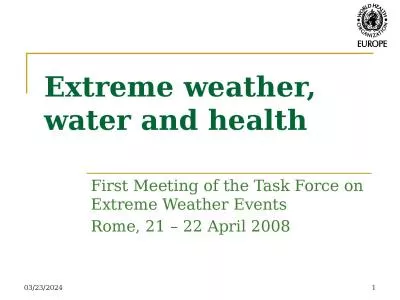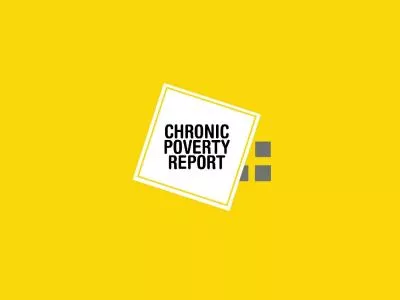Reducing Extreme Poverty through Skill Training
Author : myesha-ticknor | Published Date : 2025-06-23
Description: Reducing Extreme Poverty through Skill Training for Industry Job Placement Researcher Workshop IZAGLM phase II Abu S Shonchoy Presenter Research Fellow Institute of Developing Economies JETRO and Assistant Professor University of
Presentation Embed Code
Download Presentation
Download
Presentation The PPT/PDF document
"Reducing Extreme Poverty through Skill Training" is the property of its rightful owner.
Permission is granted to download and print the materials on this website for personal, non-commercial use only,
and to display it on your personal computer provided you do not modify the materials and that you retain all
copyright notices contained in the materials. By downloading content from our website, you accept the terms of
this agreement.
Transcript:Reducing Extreme Poverty through Skill Training:
Reducing Extreme Poverty through Skill Training for Industry Job Placement Researcher Workshop, IZA|GLM phase II Abu S. Shonchoy (Presenter) Research Fellow, Institute of Developing Economies, JETRO and Assistant Professor, University of Tokyo, Japan. Selim Raihan Professor, University of Dhaka, Bangladesh and Executive Director, South Asian Network on Economic Modeling (SANEM) Bozlul Hoque Khandker Professor, University of Dhaka, Bangladesh and Chairman, South Asian Network on Economic Modeling (SANEM) 21st August 2013, Institute for Study of Labour, Bonn, Germany. Outline Motivation Background GUK Intervention Research Design Research Questions Other Technical Issues Conclusion Motivation: Poverty Angle Bangladesh is achieving resilient growth for the last one decade (6% annual) despite the global and domestic issues. National Headcount ration of poverty has reduced to 31.5 percent in 2010 from 40 percent in 2005 (HIES 2005, 2010) However, Bangladesh still remains a poor country and probably the gains from growth and poverty reduction has been uneven or miss-targeted. There might be a need for “pro-poor” growth strategy where we can connect the “poverty pockets” with growth poles of Bangladesh by providing job opportunity for the poor. Motivation: Poverty Pocket Northern Bangladesh (one of the poverty pockets) Motivation: Northern Bangladesh Northern Bangladesh is one of the most poverty stricken areas of Bangladesh. The area is very disaster prone: a. floods and river erosion during the monsoon; b. cold spells during the winter and c. seasonal deprivation and famine-like conditions during the lean season. Extreme poverty was 17 percent higher in northern Bangladesh compared to the rest of the country in 2005(GOB 2008). Government provided safety net program is inadequate to reduce poverty (Khandker 2012) Motivation: Growth Pole One of the growth poles of Bangladesh is the RMG sector, -A very large provider of jobs, especially for women. It has been growing at 15 to 20 percent per year since the late 1970s. Currently it accounts for more than 80 percent of export earnings (US$12 billion in 2009). The demand for additional skilled labor is still estimated to be between 350,000 and 450,000 by the (BGMEA) and (BKMEA). Employment Growth at RMG Source: BGMEA Website Motivation Would it be possible for us to use this growth pole of RMG sectors with the poverty pockets of Northern Bangladesh? We need to know: What is the current share of RMG workers form Northern Bangladesh? How can we improve it? Is traditional job referral system sufficient or we need some additional
